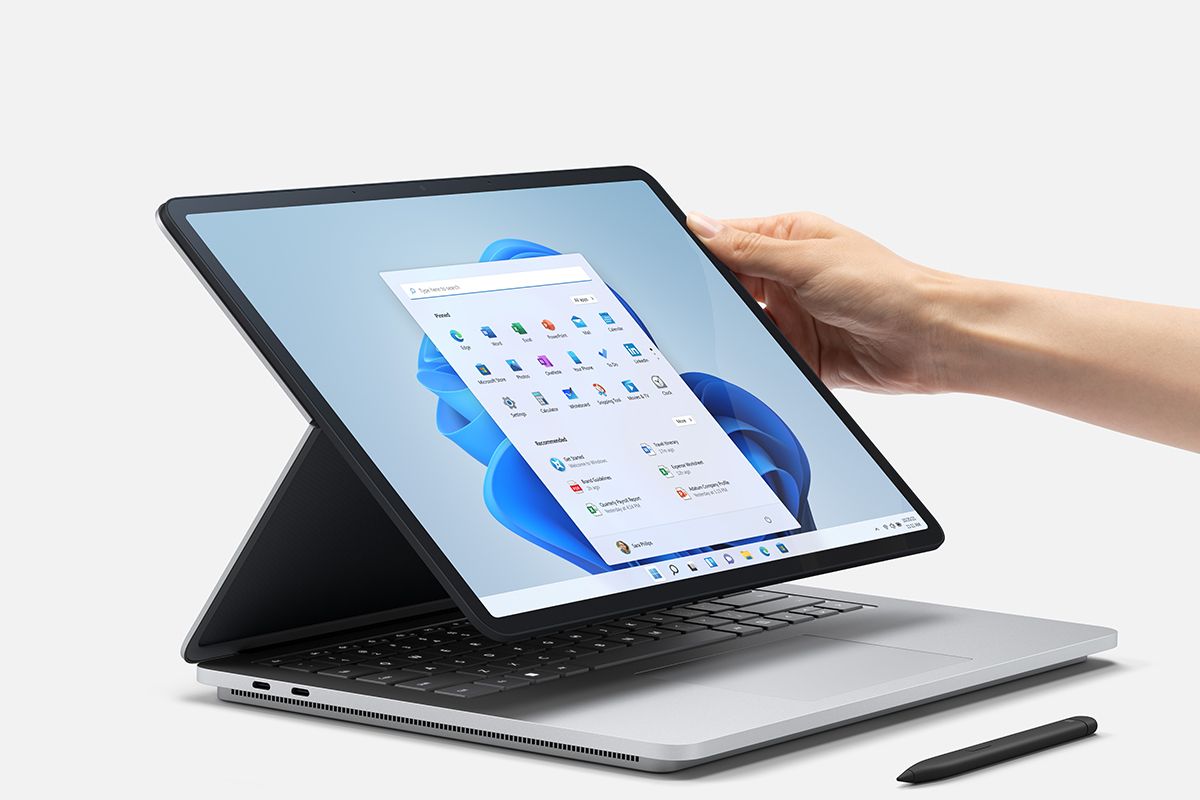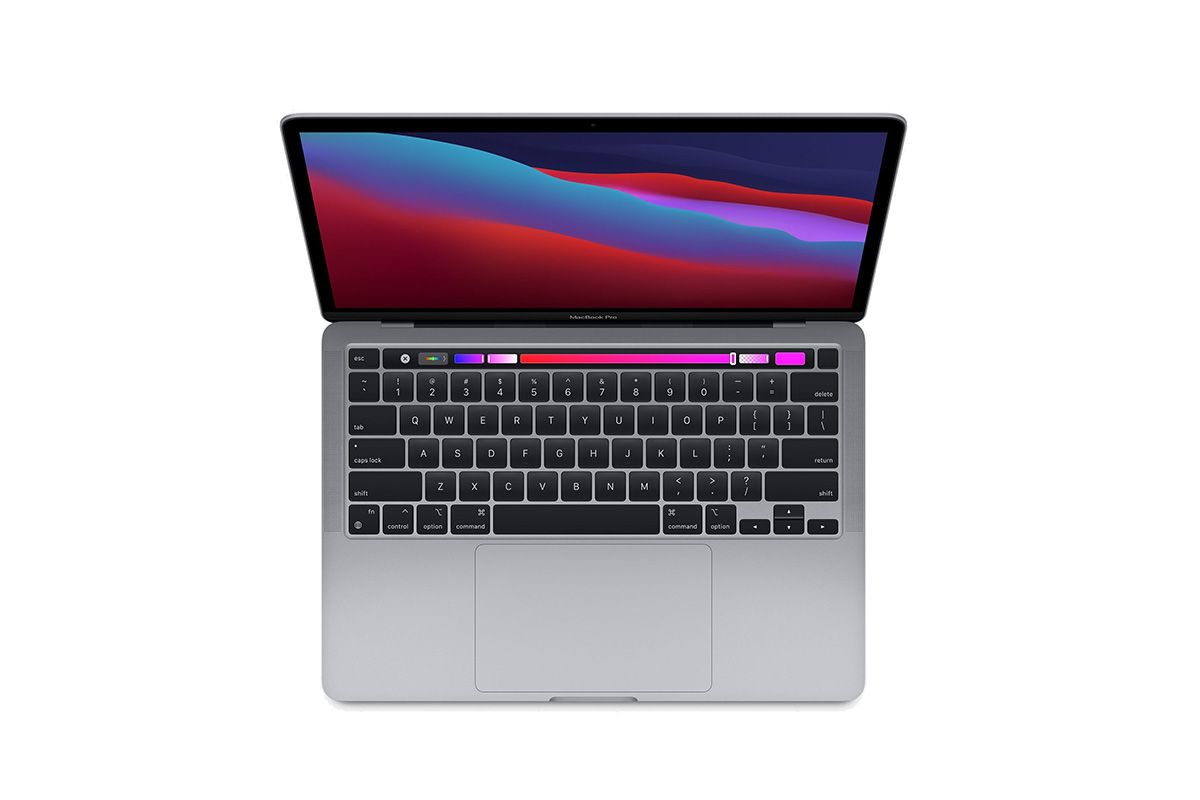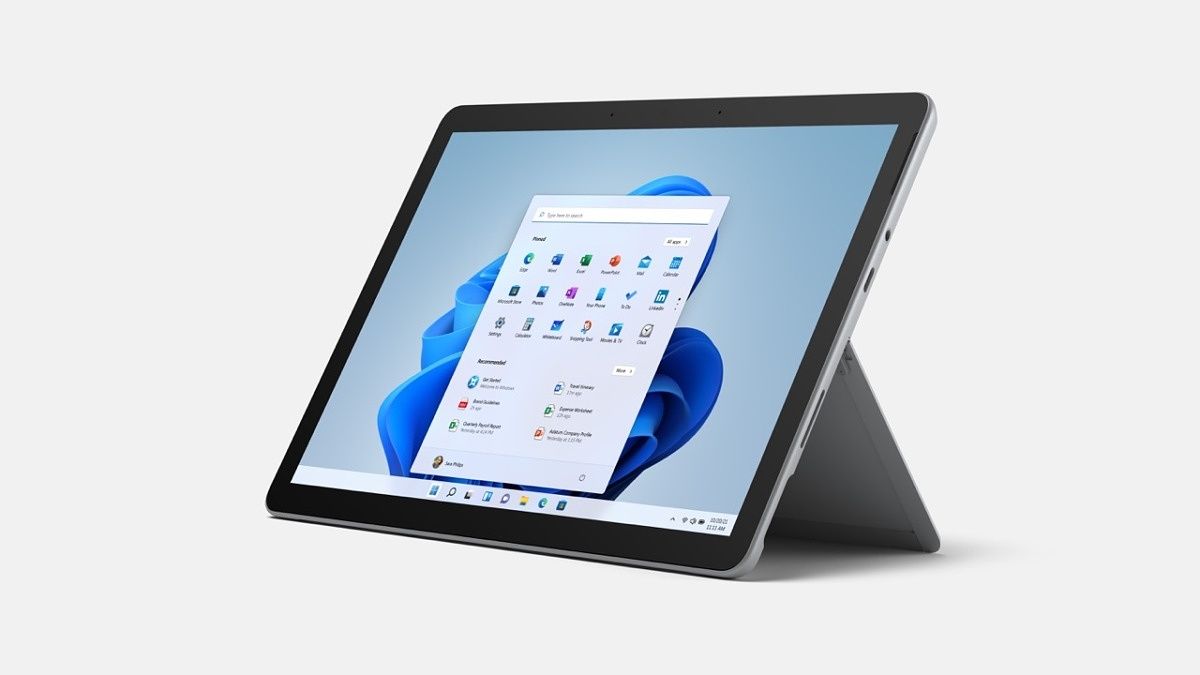I’ve never used a standing desk before. When Flexispot reached out and offered to send the Kana Pro Bamboo Standing Desk, I was intrigued. Could I really work while standing up? If I end up sitting 99% of the time, why not just get a regular desk?
Fast forward to about a month and a half later, and I can’t imagine life without a standing desk anymore. When I’m working, I’m more active, more alert, and more productive. I don’t have to finish my coffee before I can pay attention to things anymore. It’s phenomenal.
Like most standing desks, you can adjust the height, and I can’t say I’m standing for the entire workday, although it seems like I’m standing for more and more of it every day. But there are presets, so I can just hit a button, the desk descends, and I can sit down.
Kana Pro Bamboo Standing Desk: Assembly
I found the Kana Pro Bamboo Standing Desk way easier to put together than I expected. I’ve assembled lots of furniture before, and I usually set aside an hour or two for it. In fact, this desk sat in a box for a good week or so because I thought it was going to take a lot more time than it did.

The desk comes in two packages, one of which contains the parts you see in the image above, and the other which contains the desk part of it. That’s because Flexispot actually offers a lot of different options. If you check out the listing for the product (use the code XDA90 for 10% off), you’ll see that the desk comes in different shapes and sizes. There are also different frames you can choose from.
The parts you see above are for the 3-stage frame, which seems to be what makes it the Kana Pro. That also makes it come with a better control pad, which we’ll get to in a bit.

All of the parts and screws are clearly labeled, and it comes with the Allen key that you need. Being that the frame is designed to be used with different size desks, there are different ways to assemble it, but it’s simple enough.

Installing the desk on the frame was probably the hardest part. There aren’t holes in the bottom of the desk to start off the screws. It’s fine though.

Once everything is assembled, it’s time to connect the power. Each leg plugs into a main power supply, as does the control panel that sits in front of the desk.
Note that this part is where it gets a bit tough when it comes to cable management. It would actually be helpful if the power supply unit had ports on both sides of it, so you don’t get situations where one wire has to go around. For the wires that stuck out, I just taped it to the bottom of the desk. For the power cable, I ended up taping it to the frame. It was actually a pain to try and tie up the power cable with the rest of my PC cables.

This is what the finished product looks like. You can see the one cable that hangs underneath, and the power cable is the one on the left. This was before I made any attempts at cable management.
Flexispot does sell some cable management solutions that you’ll see on the configuration page for the desk. The tough part about it is that the desk is going to go up and down, so those cables do need freedom to move. Like I said, I’m new to the whole standing desk thing. But in the next section, we’re going to talk about actually using the desk, and why I won’t be going back to a regular desk ever again.
Kana Pro Bamboo Standing Desk: Usage
One thing I really love about this desk is the minimal design. It’s got a white frame, although it also comes in black, and the desk is a bamboo design. Historically, I’ve always owned black desks. I feel like this design brightens up my office a bit.

Above is the control panel that comes with the Pro model. You can use the arrow buttons to move the desk up and down, as you’d probably guess. There are also four presets — one for sitting, one for standing, and two others for whatever you want. You have to set all of those yourself using the memory key that’s next to the arrows, and it’s super easy.
I feel like the Kana Pro Bamboo Standing Desk brightens up my office.
It’s also really cool that there are two more presets. At first, you might be wondering why you’d need anything besides standing or sitting, but it’s possible. There are plenty of use cases here.
For example, let’s say you work on Microsoft’s Surface Laptop Studio. Obviously, there are standing and sitting heights that you’d want to use. But the display of that PC also folds down to where you can draw on it, and you’d need a third height for the desk. That’s just one idea of why you might need a third or fourth height. Another is if a second person works at this desk. Standing height would be different for my wife than it would be for me.

The control panel also has a USB port on the side, which is good for power. It’s a nice easy way to charge my Samsung Galaxy Z Fold 3 throughout the day.
There’s one big, glaring issue though. During the time I was using this, I actually lost power one day, and there’s no manual way to adjust the desk. I feel like I spend more and more of my workday standing, but at some point, maybe right after lunchtime, I just want to sit for a bit. When the power goes out, you’re stuck with whatever position the desk is in.
Conclusion
I really like the Kona Pro Bamboo Standing Desk, but to be perfectly clear like I said in the beginning, it’s my first standing desk. It’s not my first desk though, and I have to say, I really do love the minimal design. It’s a nice look that’s different from the standard black that’s so easy to pick for people like me, who really don’t have a sense of interior design.

Obviously, standing is better for your body than sitting. But if that’s not enough, Flexispot sells a bunch of other cool accessories. For example, you can get an under-desk bike, some of which look like an office chair that’s attached to an exercise bike. The company even sells an under-desk treadmill.
I didn’t get to try out any of that extra stuff, but it’s really cool. As someone that’s put on some weight over the course of the pandemic, I’m always trying to be more fitness-minded, and sitting down for the entire workday always feels counterintuitive.
Personally, I think the Kana Pro Bamboo Standing Desk is a great product, and it’s way better than a regular desk.
You can use the code XDA90 at the link below for 10% off.
- The Kana Pro Bamboo is strong, beautiful, and has a lot of features like motorized height adjustment, presets, and more. Use code XDA90 for 10% off.
|
Features: |
|
|
|
Pros: Cons: |
The post Flexispot Kana Pro Bamboo Standing Desk review: Standing desks are the new staple in my life appeared first on xda-developers.
from xda-developers https://ift.tt/3igeKJW
via IFTTT



















